Tesla to eliminate rare earths from its next generation EVs
As auto-makers take up the carbon-neutral challenge, Tesla will attempt to combat one of the biggest environmental concerns around EVs by ditching rare earth elements.
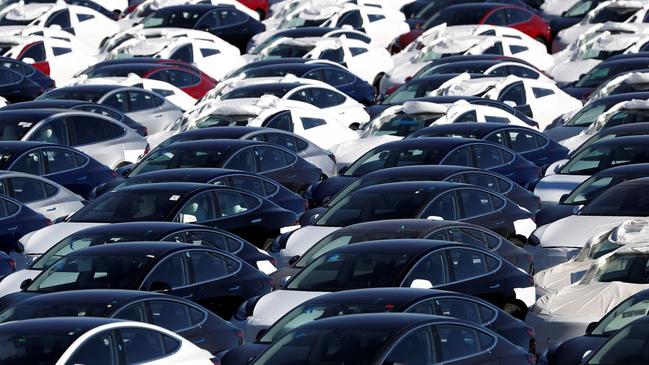
Tesla will attempt to combat one of the biggest environmental concerns around electric vehicles with its next generation motor technology by ditching rare earth elements.
As the automotive world attempts to move towards a carbon-neutral future by increasing the number of electric cars, critics have often cited the use of rare earth materials in the production of electric motors and batteries as a significant problem.
Tesla has said it will stop using rare earth elements, such as neodymium and praseodymium, in its future electric motors, which would have a positive impact on the brand’s environmental credentials.
ELECTRIC VEHICLES SPECIAL REPORT
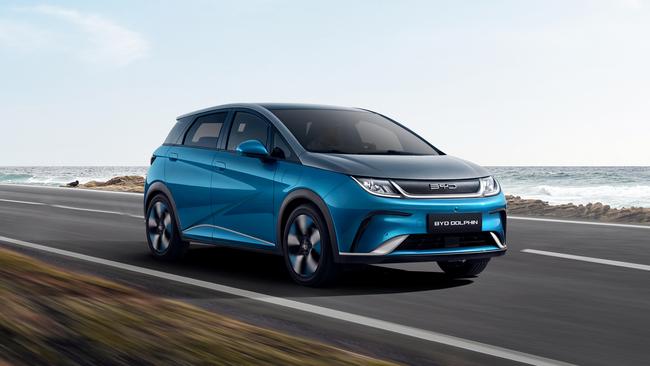
EVs get backing in Labor’s federal budget
The 2023 federal budget has been a landmark win for electric vehicle industry in Australia, but lobbyists say there is more to be done.

Cars get cheaper as key costs fall Cheaper cars as costs fall
The cost to buy an electric vehicle is beginning to come down, making EVs more accessible than ever, but what does this mean automotive brands?
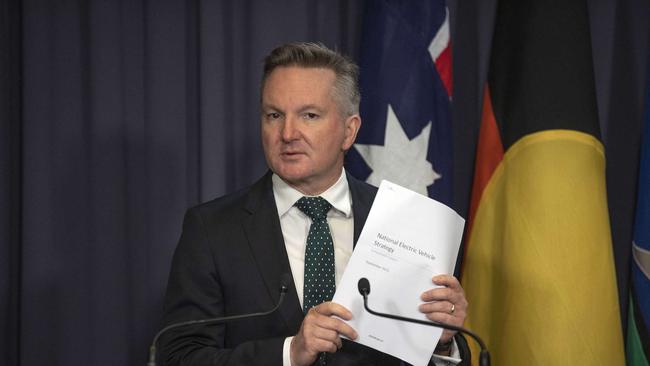
Infrastructure a big budget winner
The 2023 budget included a huge win for EV infrastructure, with a national fast-charging network and an investment in alternative fuels on the forefront.

EVs are getting bigger and better
Large SUVs are loved by families around Australia, and the electric SUV market is expected to explode in response.
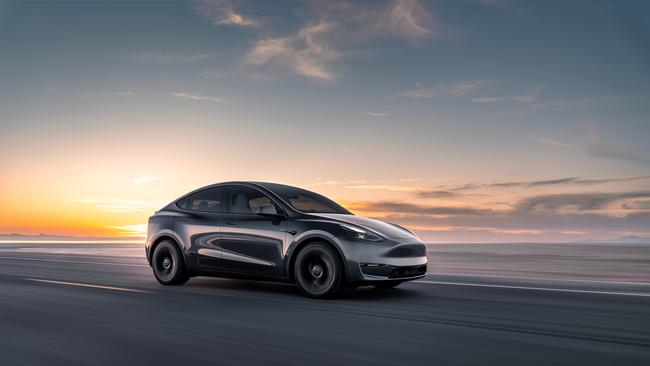
Luxury sits up high as sales boom
Electric vehicles are quickly becoming the favourite of the luxury buyer with 158 per cent boom in sales in the first quarter of the year.

Haters gonna hate but the market won’t stop moving
The electric vehicle market continues to boom, despite the naysayers.

How EVs are changing sports cars
Electric motors are defining the world of sports cars, with acceleration speeds that rival the likes of Formula One.

Audi gets room to grow with new platform
Audi’s Premium Platform Electric (PPE) will support Audi to release 10 new EVs in two years as they move towards phasing out internal-combustion engines in 2027.

The ultimate buy guide for EVs
The world of EVs is expanding so quickly it can be hard to keep up, so here’s what to look for when buying an electric vehicle.
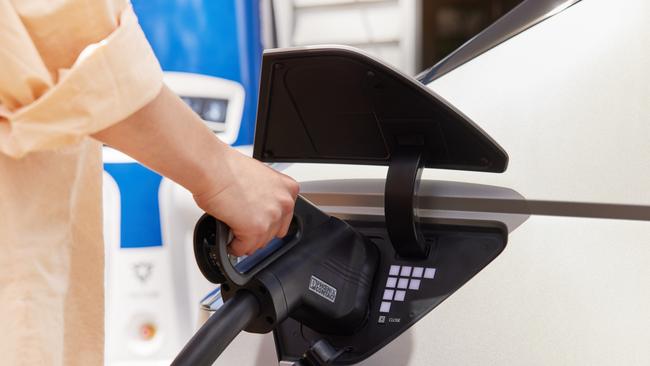
The eight must-know EV facts
EVs can make motoring simpler, but there is a learning curve that it pays to get on top of. Here are eight things you may not know about electric cars.

New laws to stop ‘ICE-blocking’
‘ICE-blocking’, parking a combustion-engined car in an electric-vehicle charging spot, will soon land you in hot water with states across Australia introducing huge fines.

Holiday hotspots due for a jolt
State governments are pouring hundreds of millions into EV infrastructure, it’s about time they look towards the holiday hotspots that are being inundated with EV owners.

Tesla downloads new revenue model in over-the-air upgrades
Tesla rolls out a new model that allows owners to buy upgrades directly from their vehicle’s centre dash screen in a bid to increase revenue.

Would this EV tempt to you buy a Saab again?
Saab is back. Well, as NEVS, and they’re returning with a stunning electric concept car, The Emily GT but they need investors to bring it to life.

Can battery metals be sourced sustainably?
What are the environmental costs behind sourcing the metals for the batteries that power our electric vehicles?

Oil use down as EVs rise
New research from the International Energy Agency has found that demand for oil is down as EVs become the driving force behind the new global energy economy.

Are EVs really cleaner? It depends where you live
Are electric vehicles really the answer to the rising CO2 rates? Or are they not as clean as we thought? Well it depends where you live.

‘Blade’ battery to cut range anxiety
Development of EV batteries is advancing everyday, with batteries capable of more than 1000km of driving on a single charge soon to be hitting the roads.

Does hard driving mean hard wearing?
If you love driving hard and fast, your next supercar should be an EV, as electric motors are designed to last the life of the vehicle.
Neodymium and praseodymium are typically used in the production of electric motors, in Tesla’s case, specifically in its DC permanent magnet motors.
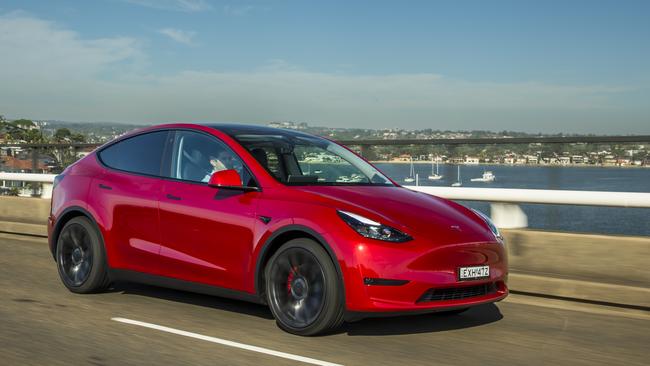
Speaking at its annual Investor Day, Tesla’s VP of Powertrain Engineering, Colin Campbell, outlined the company’s plans to cut back on rare earth elements in a bid for greater efficiency and lower environmental impact.
“As the world transitions to clean energy, the demand for rare earths is really increasing dramatically,” Campbell said. “Not only is it going to be a little hard to meet that demand, but mining that rare earth has environmental and health risks.
“We want to do better than this. So we have designed our next drive unit, which uses a permanent magnet motor, to not use any rare earth materials at all.
“So … we can make lower-cost products that are still efficient and compelling, and we can make them at scale.
“We can use less constrained commodities – silicon carbide and rare earths. We’re going to build them all in compact, high output factories that are easy for us to build quickly.”
Currently the motor in the Model Y uses around 520g of rare earth elements, but according to Tesla’s presentation its so-called Next Generation Permanent Magnet Motor will take that figure down to 0g.
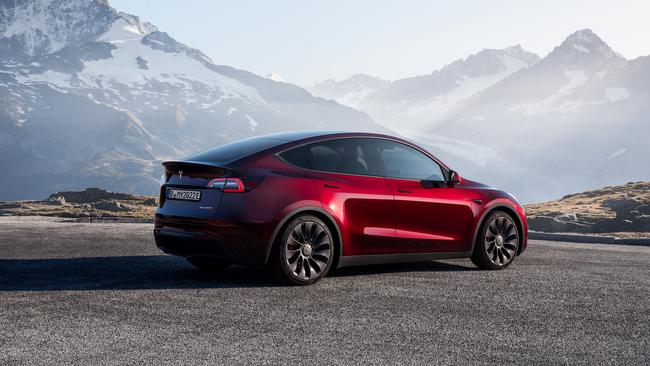
Tesla hasn’t provided a time frame on when this New Generation motor will be introduced, so it’s unclear when customers will be able to benefit from this technological breakthrough.
According to Campbell, Tesla has been gradually reducing the amount of rare earth elements in its current motor. Between 2017 and 2022, the company reportedly used 25 per cent less heavy rare earth materials for the motors in the Model 3.
Crucially, Tesla has confirmed its new motor will remain a permanent magnet type. This is important because a variety of electric cars already use AC induction motors that don’t require rare earth elements. However, these induction motors are often less power dense, less efficient and require more cooling.
So if Tesla is able to produce a permanent magnet motor that is more efficient, more energy dense and still requires no rare earth materials it would be a win-win for both the car maker and its customers.
However, it will depend on what material Tesla replaces it with. General Motors has already developed a permanent magnet motor using a ferrite-based magnet, which combines ceramic material with iron oxide.

Adamas Intelligence, a market research service that focuses on the mining sector, played down the significance of Tesla’s plans.
“The media and market’s reaction to the news has been largely overblown, speaking to a broad misunderstanding of the [neodymium] market’s supply and demand fundamentals,” Adamas Intelligence said, in its response to Tesla’s announcement.
“Looking forward to 2035, Adamas forecasts that global demand for [neodymium] magnets will triple while global production will only double, constrained by long lead times to bring online new rare earth oxide production. In relation to the magnitude of the expected supply gap, a three to four per cent drop in demand by 2035 would go virtually unnoticed.”
However, the report also noted that there are industry concerns around the sourcing of neodymium from China and Myanmar, as it can have a significant carbon impact in the production of electric vehicles.



To join the conversation, please log in. Don't have an account? Register
Join the conversation, you are commenting as Logout